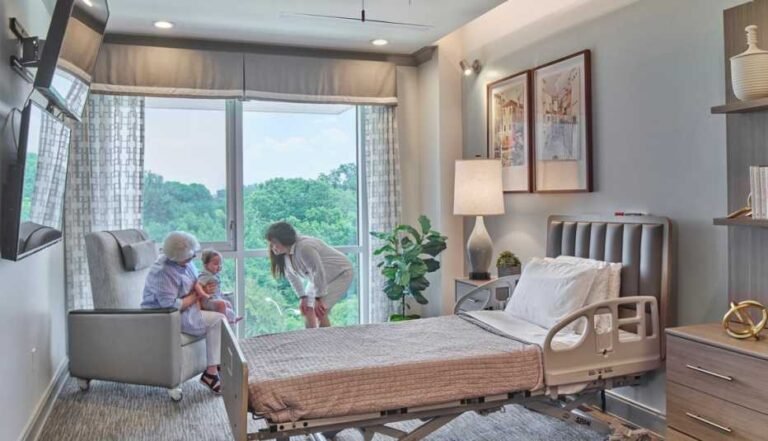Crafting a cozy and safe living space in care homes is more than just an aesthetic choice; it significantly impacts the well-being of seniors. With an increasing number of elderly individuals requiring assistance, it’s vital to design environments that promote comfort, safety, and independence.
Evidence shows that a well-designed living space can enhance the quality of life. It allows residents to feel at home even within a care facility.
Here are effective strategies to create safe living spaces for seniors.
- Prioritize Safety Features
Designing a safe living space begins with understanding the unique challenges faced by seniors. Common concerns include mobility issues, risk of falls, and accessibility. Implementing safety features such as:
- Non-slip flooring to prevent falls
- Grab bars and handrails in bathrooms and hallways
- Wide doorways to accommodate walkers and wheelchairs
- Good lighting to minimize shadows and dark corners
These elements can help create an environment where seniors feel secure and confident in their surroundings, which is crucial for their emotional and physical well-being. As facilities consider these elements, it’s also important to provide lifestyle amenities for senior residents that promote leisure and activity.
- Embrace Functional Furniture
Comfortable and functional furniture is essential in fostering a relaxing atmosphere. Opt for furnishings that are easy to use and assist residents in maintaining independence. For instance, recliners with lift assistance for easy standing.
Also, include adjustable-height coffee tables to accommodate various seating arrangements. Lastly, ergonomically designed chairs that provide proper support Incorporating these functional pieces enhances comfort. Plus, it also empowers seniors to engage in daily activities with ease.
This is an important aspect of establishing safe living spaces. It allows residents to move freely without discomfort.
- Foster a Sense of Community
Creating a homely environment isn’t just about individual spaces; it’s also about community. Design common areas that encourage social interaction among residents, which is vital for mental health. Consider these ideas:
- Open floor plans that facilitate movement and conversations
- Cozy lounges equipped with entertainment options, such as books and games
- Outdoor spaces with gardens for relaxation and social gatherings
Such communal settings naturally promote friendships, reduce feelings of loneliness, and contribute positively to mental well-being, which is essential for overall health.
- Incorporate Personal Touches
While safety and functionality are paramount, incorporating personal touches can make a significant difference in how residents experience their space. Personalization can enhance feelings of ownership and belonging. This can be achieved through decor that reflects the following:
- residents’ tastes
- and histories
Also, family photos displayed prominently throughout the space plus memory boxes or personal mementos in individual living quarters. When seniors see elements of their own history and preferences, they are more likely to feel comfortable and content, contributing to a safe living space.
Designing Comfortable Living Spaces is Key
Making care homes safe for seniors means more than just using the right design. It’s also about helping them enjoy a better life. Care homes should focus on safety, use easy-to-use furniture, build a sense of community, and add personal touches.
It’s also helpful to include fun and relaxing activities for seniors. A well-planned space can help seniors feel happier and healthier, making their time there more enjoyable.
Looking for more tips and advice? You’re in the right place! Make sure to bookmark our page and come back to check out more interesting articles.
